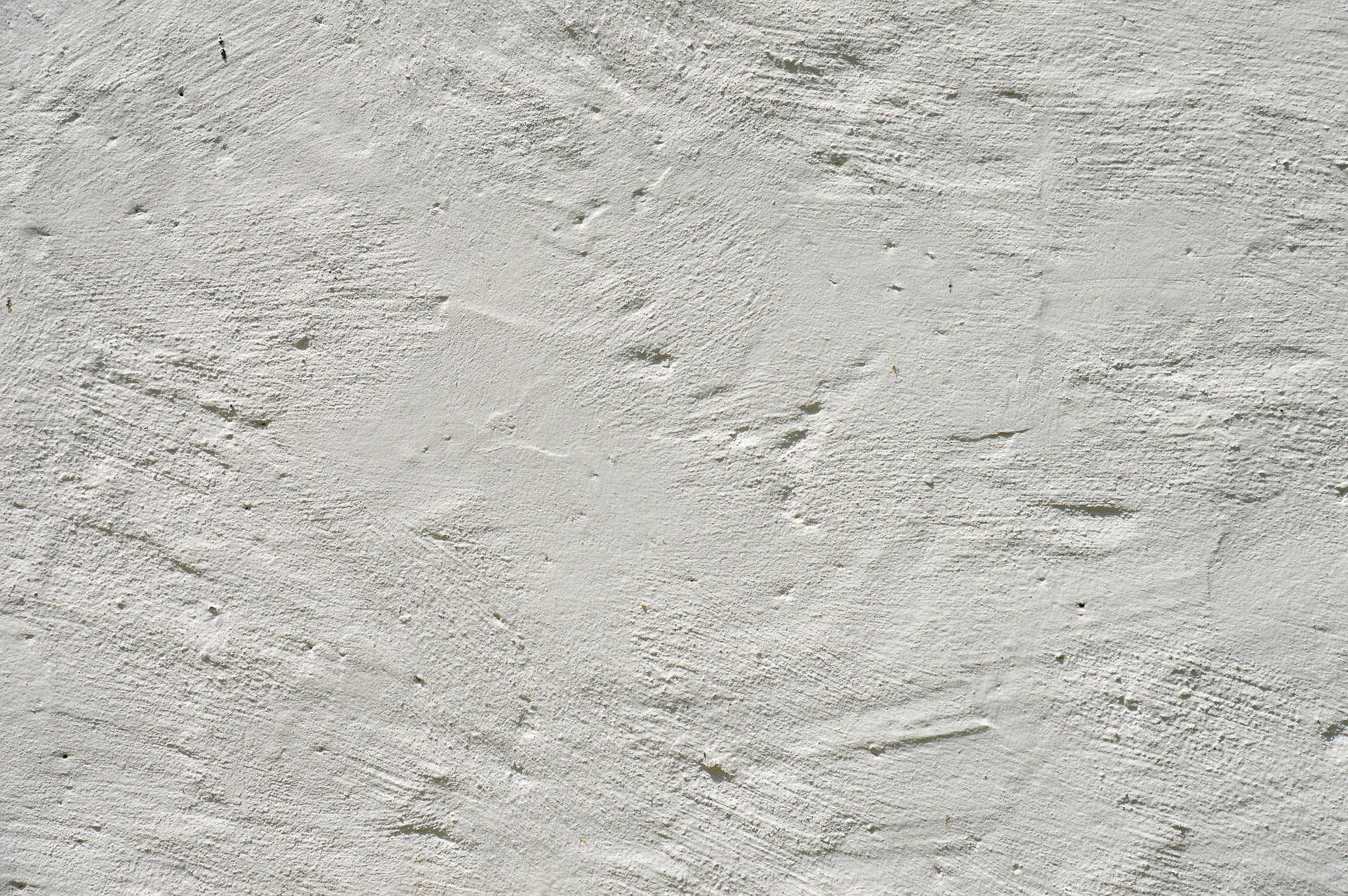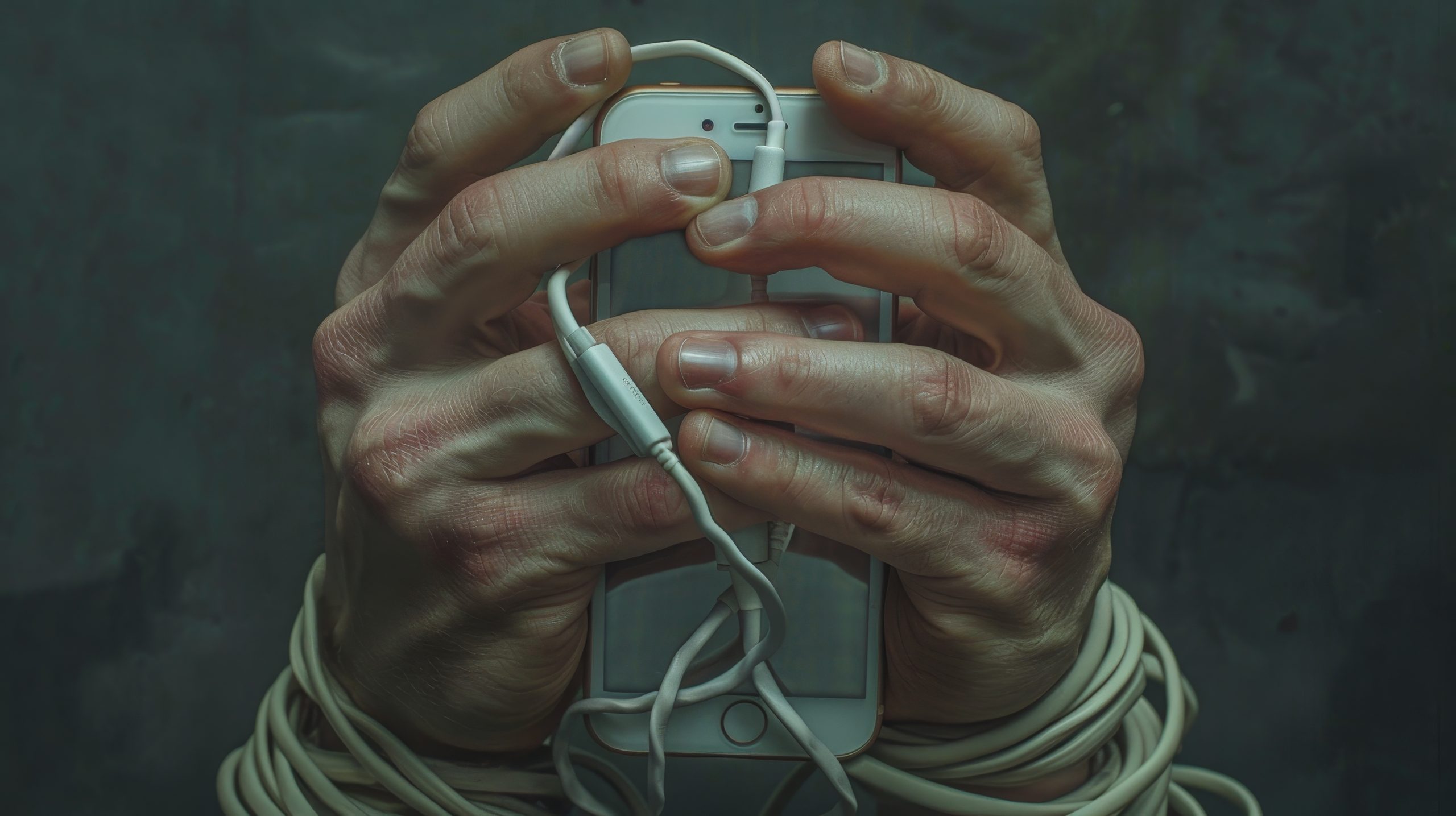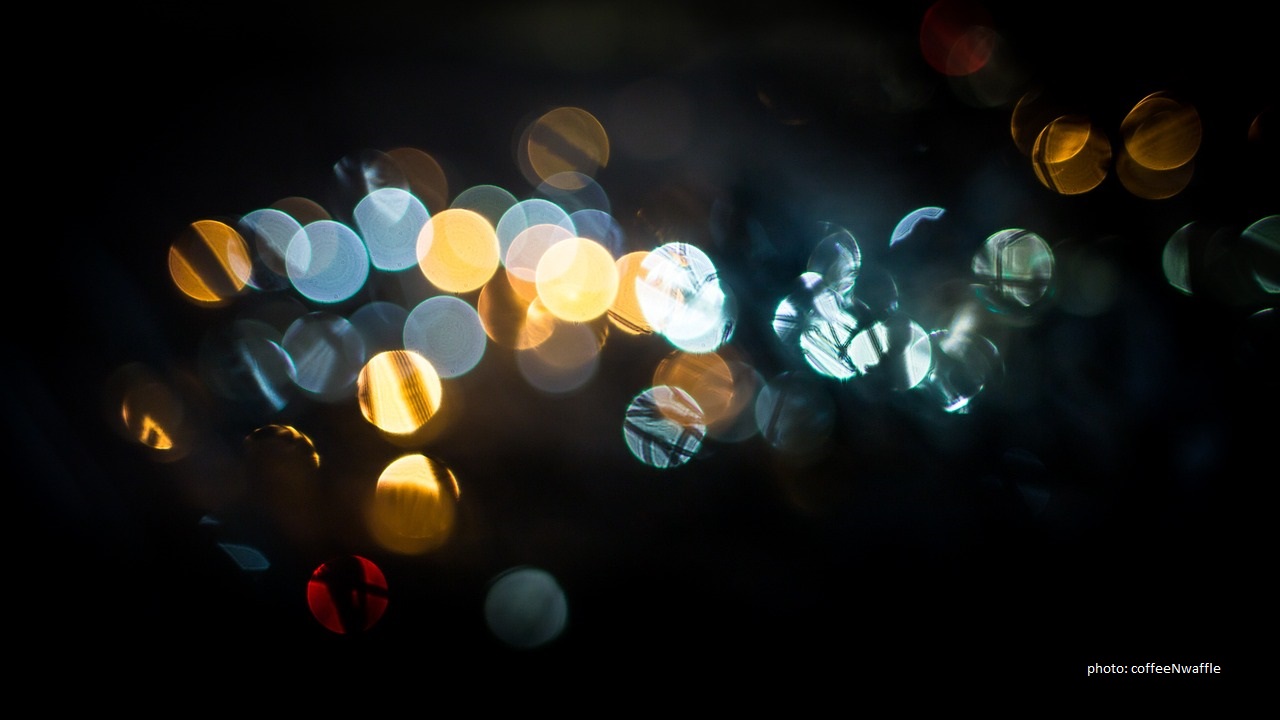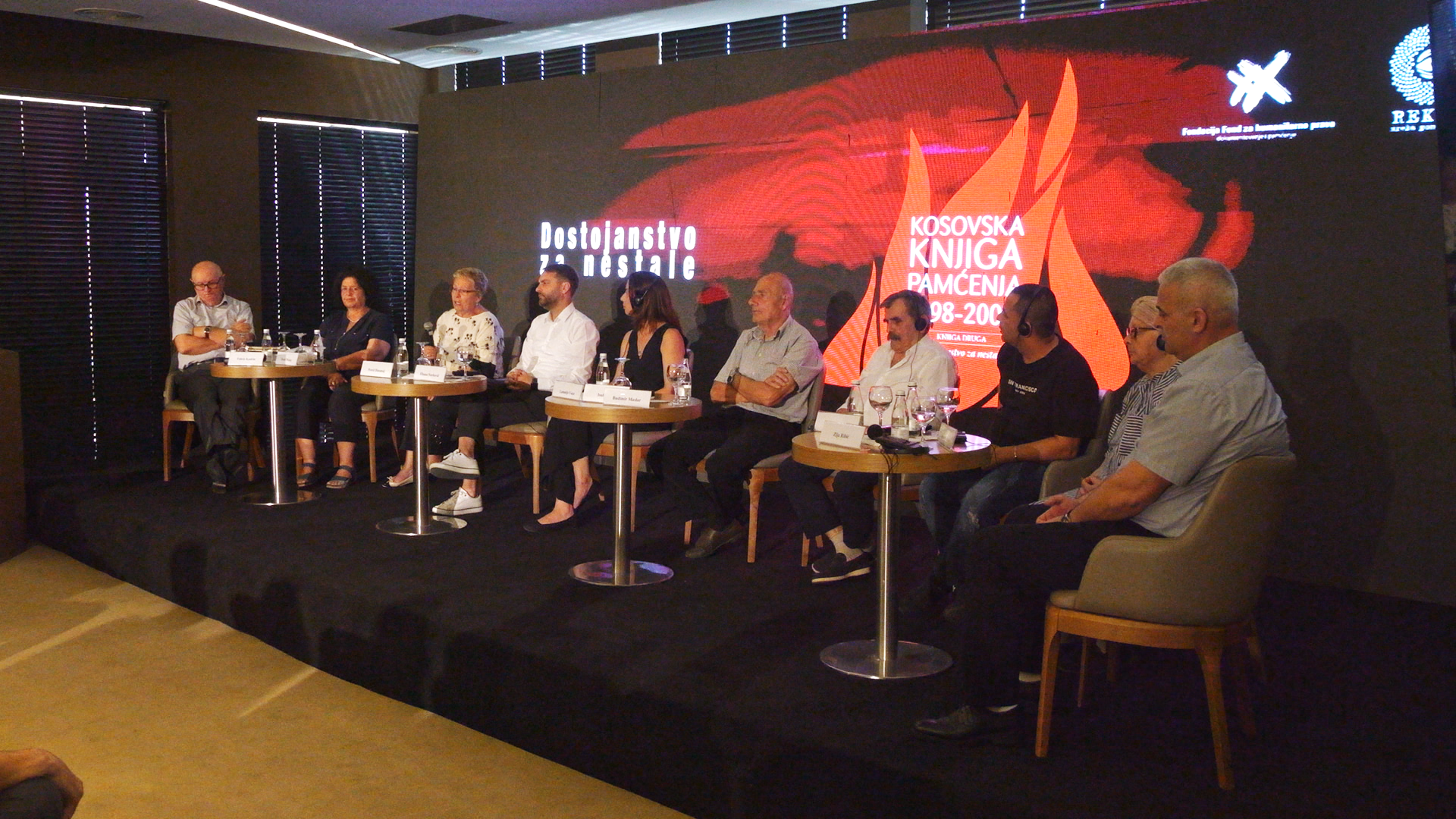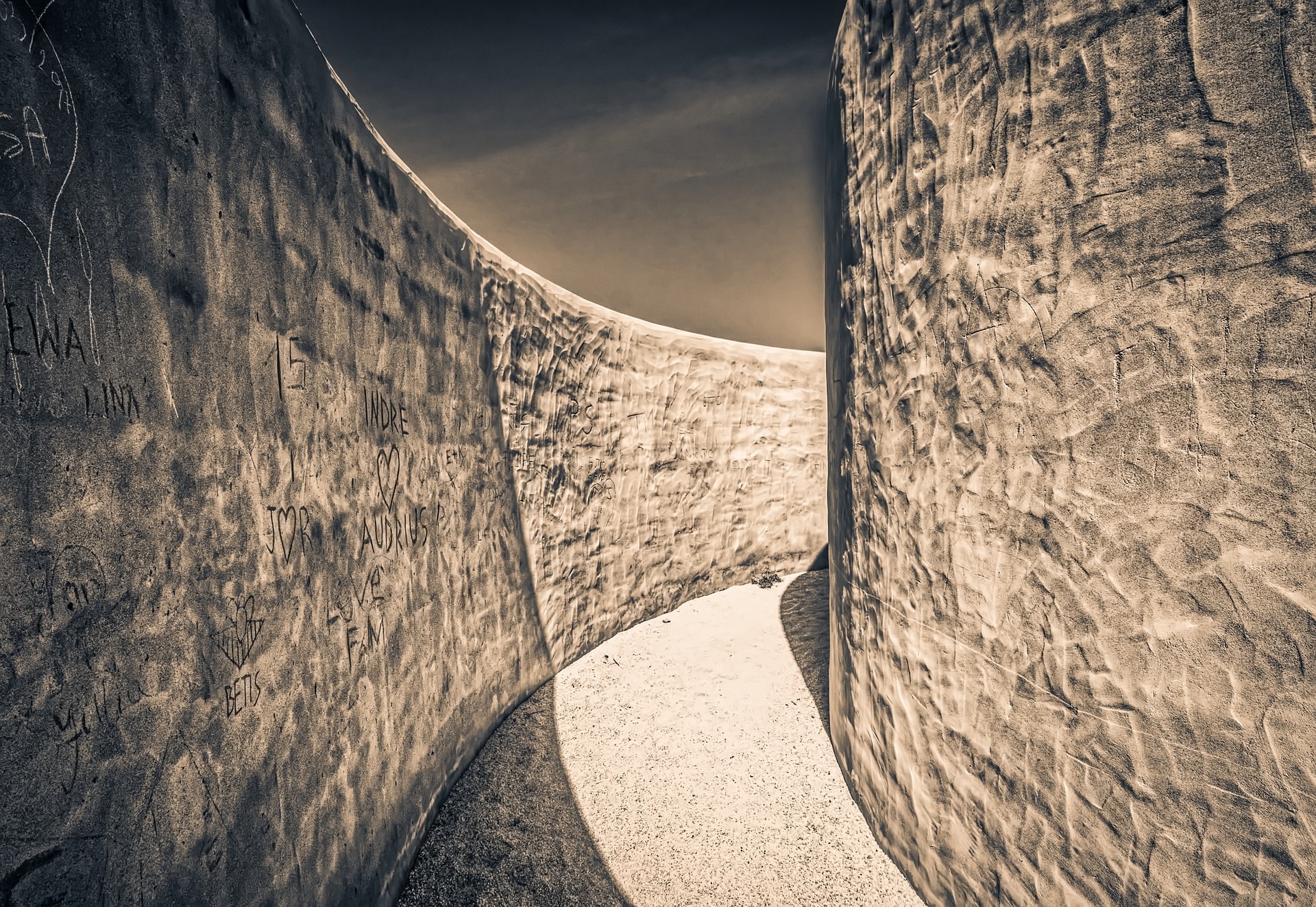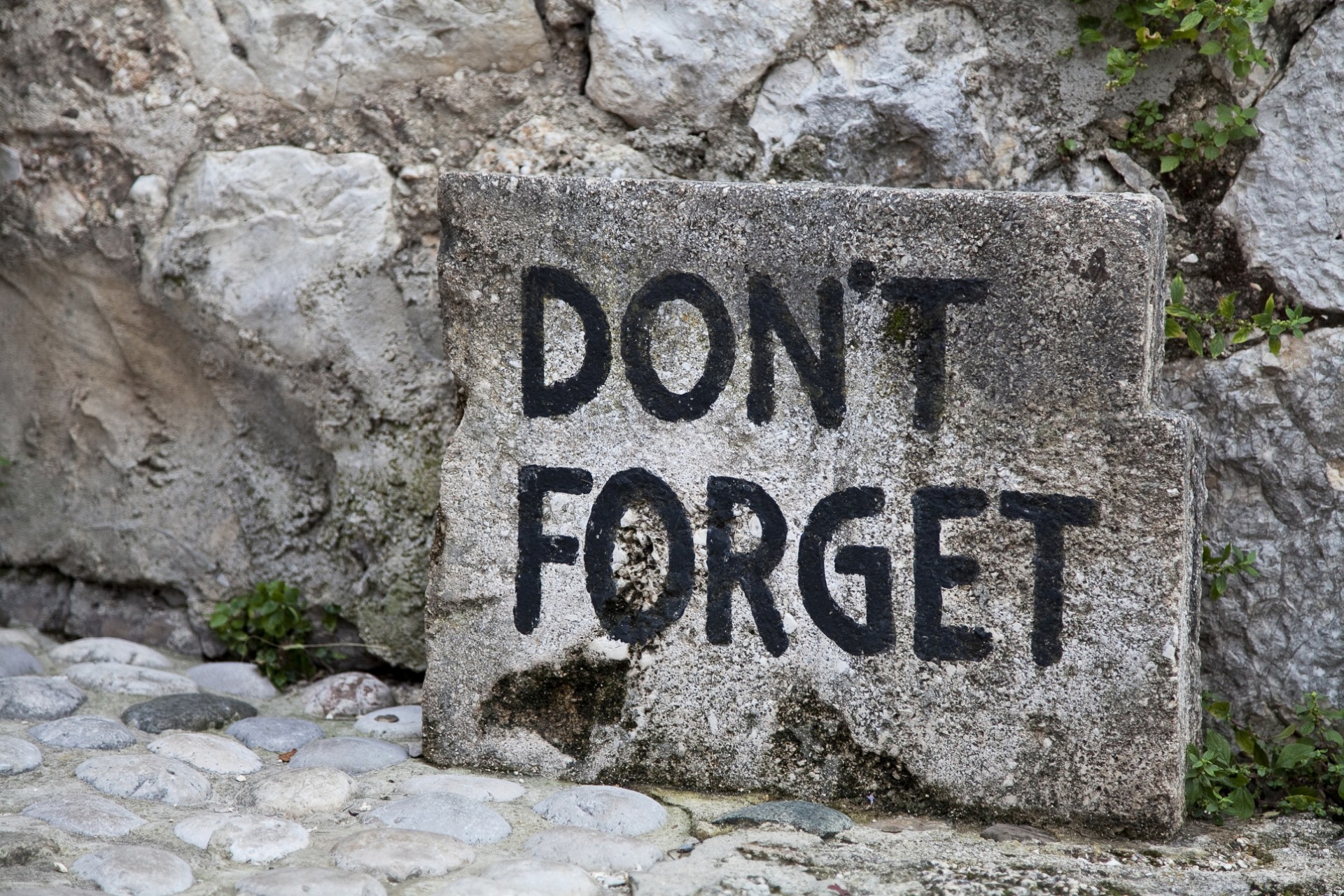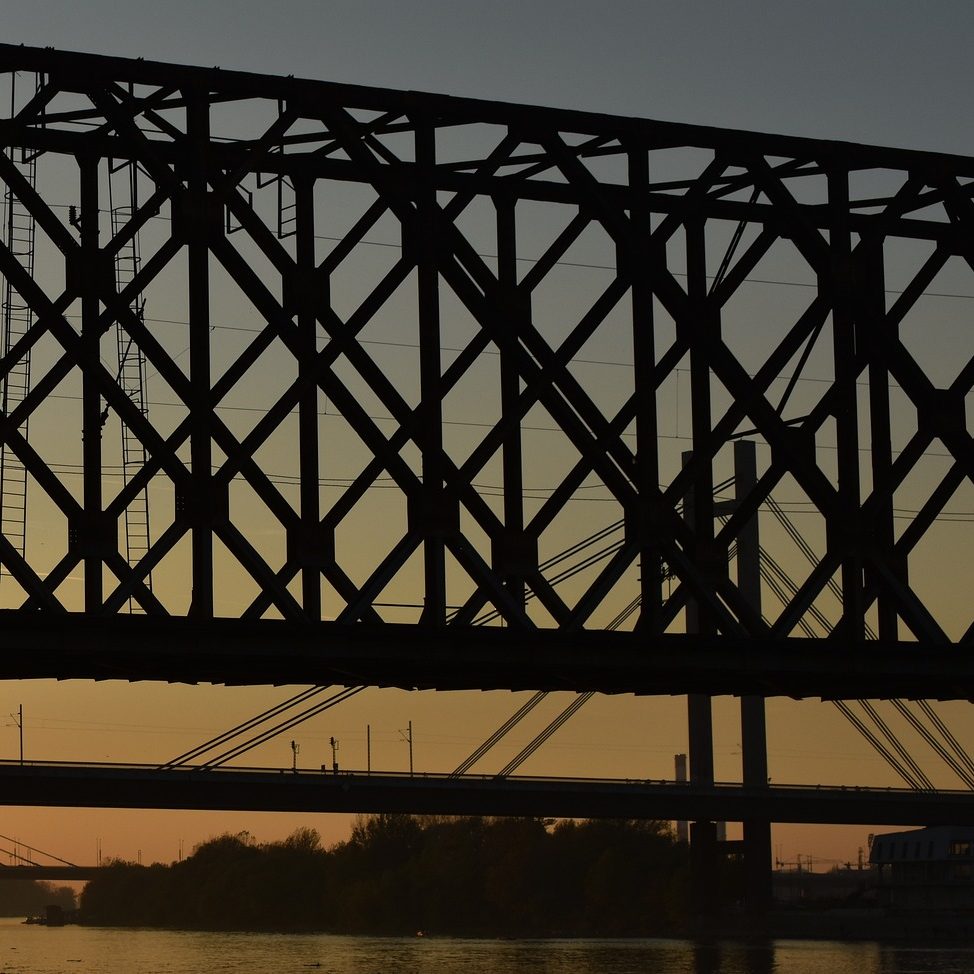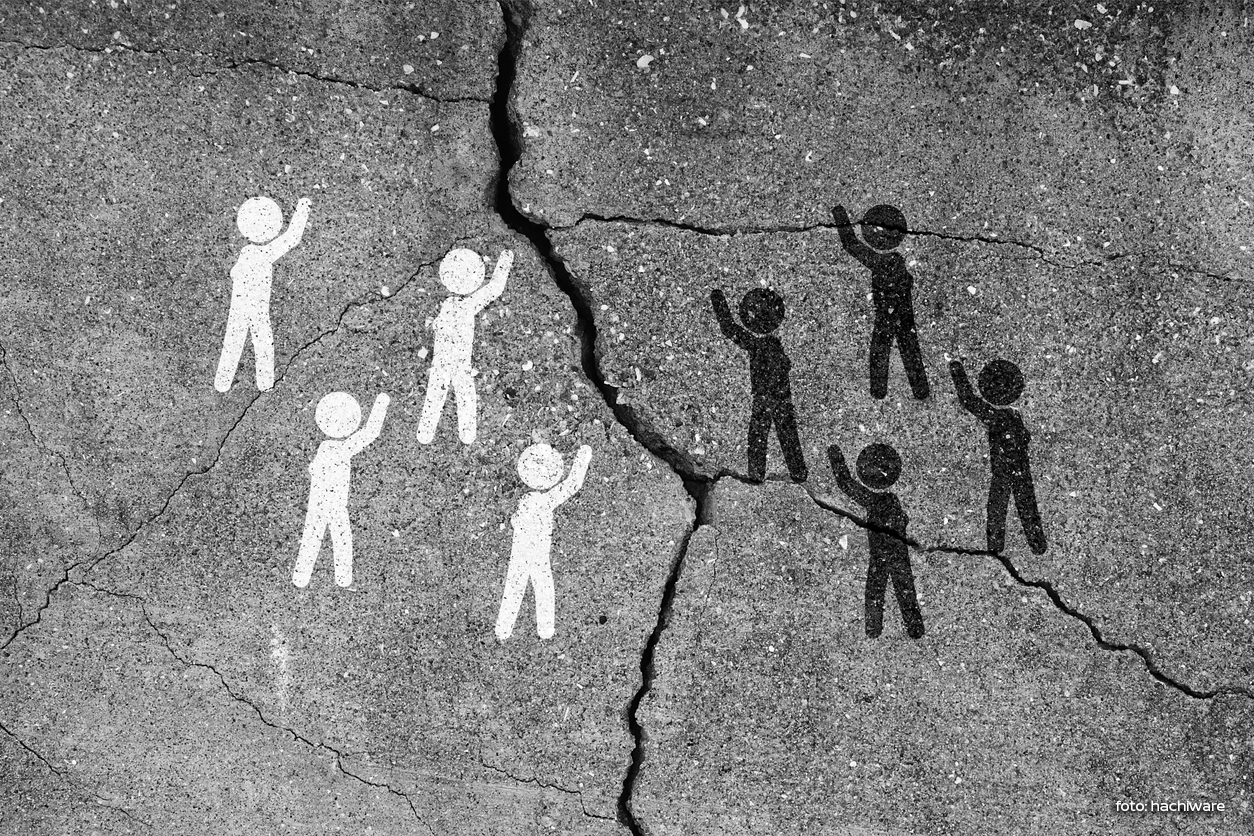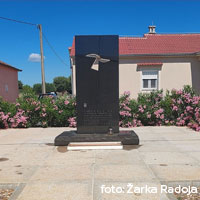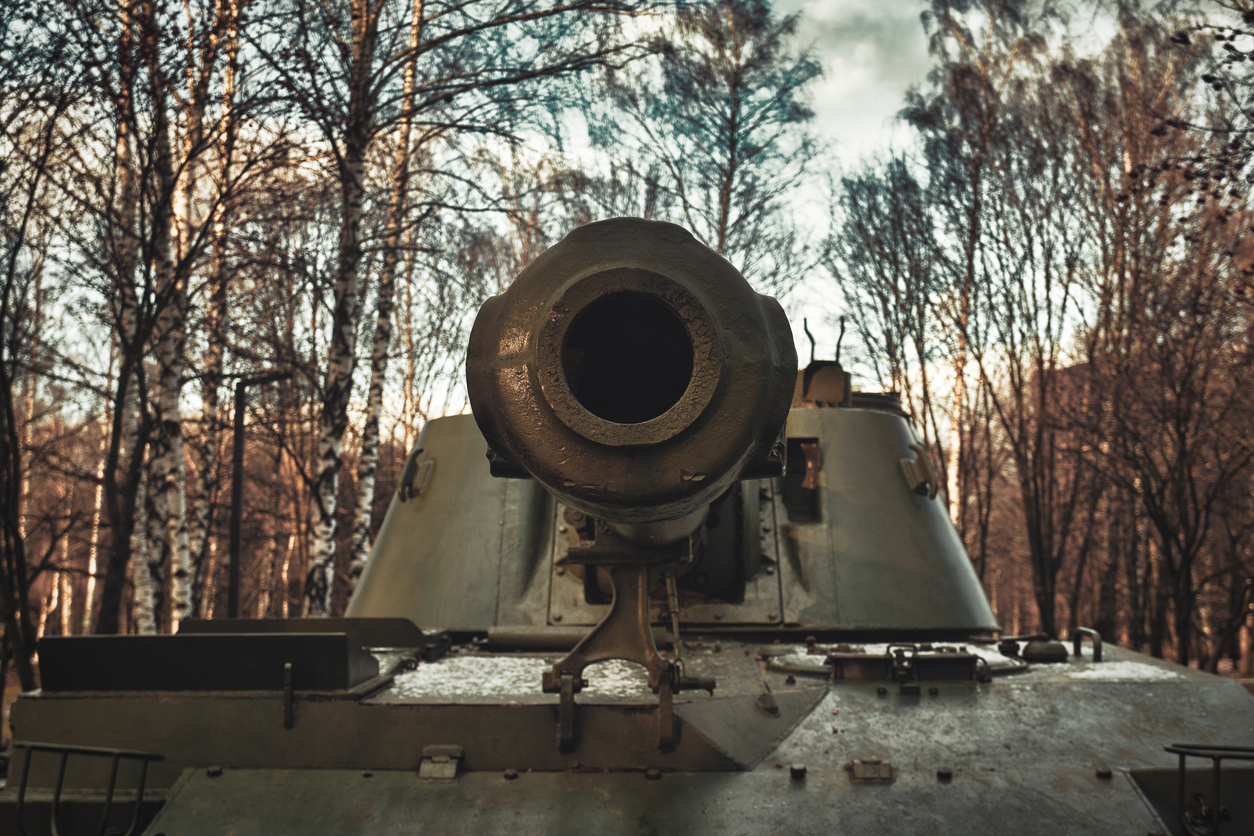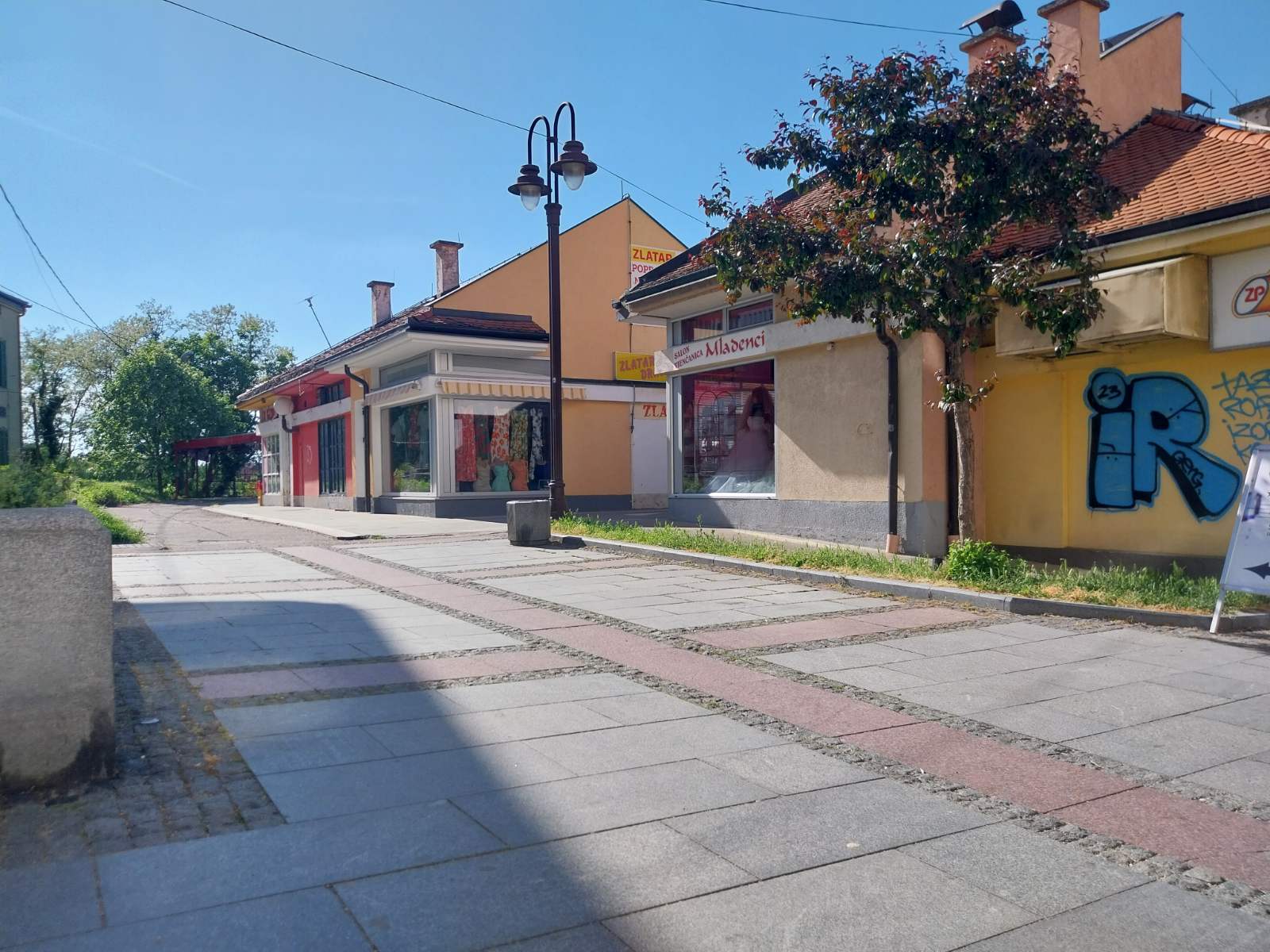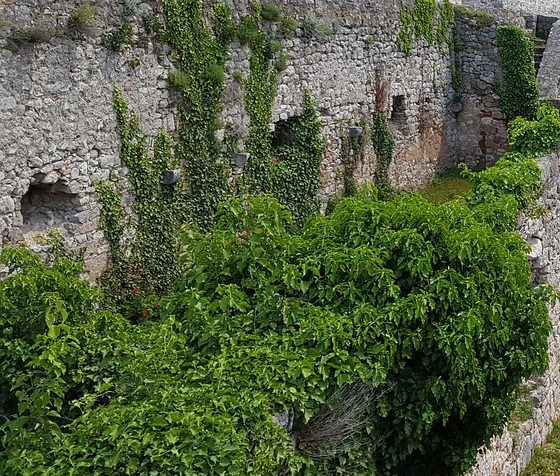Groups of young men in hoods are on duty day and night in the Belgrade municipality of Vračar, guarding a mural dedicated to genocide and war crimes committed from Škabrnja, through Sarajevo, to Srebrenica. There are graffitis “Ratko Mladić, a Serbian hero” in the surrounding streets. A tricolour on a wall little further with the inscription “Serbian Sparta”.
By: Žarka Radoja, journalist
“Hey! Stop filming. Don’t film!” yelled the guy in flip-flops and a tight black T-shirt, hiding his face with his hands in which he held a bottle of liquid and a cloth.
A retired couple standing and talking to him also covered their faces. Then, he put his hand down, I guess to see how to walk over the zebra crossing between us, and crossed to my side of the narrow street of Vračar: “Delete that video”.
When I explained to him that he could not ban the filming of public space, he deftly replied: “But I am not public.” We will ignore the nervous, helpless “get lost” because if we had not stood in a densely populated street if it had not been noon on a sunny day in August, I am not sure where our verbal “discussion” would have taken us.
The mural of war criminal Ratko Mladić, a former general of the Army of Republika Srpska, convicted before the Hague Tribunal for the most horrific war crimes known to the law, has stood on one of the buildings in Njegoševa Street for more than three weeks. It was painful to pass by every morning, but the fact that he was splashed with paint or sprayed every now and then created the impression of relief that you were not alone in your anxiety.
Who does that? Some of the neighbours who live in the surrounding streets had no idea. Until that Saturday in August, a neighbour with whom I share my love for the local cafeteria walked in with his dog and said: “They are cleaning the mural of Mladić.” I asked him to watch my laptop and ran about 200 meters down the street to the above-described scene. We evidently had a fundamentally different idea about what “cleaning” is.
Upon returning to the cafeteria, I said no one was cleaning the mural but removing the paint thrown at it. It was unclear to him what was not clear to me, and in those few minutes, it was not clear to me what was strange to him. He was confused that somebody had threatened me, and I wondered why he was confused. We had presumed our positions about this matter.
We met a few more times in the next couple of days. I found out how they had painted the mural, projected it from one of the balconies, how it was done very quickly today, and it easily turned out great. As a result of frequent interventions on the mural from the day when the guy fearlessly cleaned the spots at noon, without the idea that someone could film him in a densely populated area, a mural guard emerged.
In those days, people began to appear on the corners, mostly in black T-shirts, sometimes alone, sometimes in company, as if they were casually standing there. It became even more uncomfortable.
Even before, the fact that all spots disappeared from the mural with the speed of a well-trained and organised team left little room for peace. Someone “watched everything from above” and the feeling of protection and struggle that the mural depicting the corpses of civilians from Škabrnja, Sarajevo, Srebrenica must shine in full splendour in one of the small streets of the central zone of Belgrade, left one disturbed and with an equally painful feeling of weakness.
Red, white, and black colours were on the mural, and the information that some neighbours were protesting would empower. Still, the fact that the city authorities remained silent to the citizens’ requests pushed us back into the hole.
On 9 November, thanks to civil society and primarily to female activists, on the Day of the Fight against Fascism and Anti-Semitism, the mural dedicated to genocide became a central media and political issue. While the world honoured the victims of mass murders, people fought for their voices in the streets in Belgrade. Police guarded the mural guards and arrested those who raised their voices against it. In one sentence, Deputy Mayor of Belgrade Goran Vesić explained, “Throwing lime is a violation of public order and peace”.
The municipal authorities finally decided to act on the citizens’ requests and painted over the mural as I wrote this. They did it despite the well-known fact for a month now about the protective paint that coated the mural, because of which they could quickly restore it to its original state. Moreover, the municipal authorities painted it over despite knowing that they should actually clean the walls of buildings with special machines. They had used the devices to clean the walls of the building across the street just a few weeks earlier.
Half an hour after the triumphant announcement by the municipal authorities, groups of the mural guards, young men in hoods and masks, restored the mural. The only difference is that they do not cross the street to tell the media to delete the recording. Instead, all relevant domestic and international media cameras are now filming them. Their guarding shifts have become public and last for 24 hours. The neighbourhood is under siege, so to speak. It is the siege decorated with tricolours on both sides of the street. It is “a Serbian world” in colour.
This mural is not the first nationalist territorial pissing in Njegoševa street. Although such acts are difficult to track, one of the first ones probably appeared during the protests in Montenegro, when two blocks apart, on the same side of the street, a tricolour with the inscription “Serbian Sparta” was painted, dedicated to the protest procession led by the Serbian Orthodox Church.
Graffiti “Ratko Mladić, a Serbian hero,” decorate the surrounding streets. Along with Mladić’s mural, there is also a mural of a Chetnik commander whose units massacred the Bosnian civilian population in eastern Bosnia during World War II.
The walls of the narrow streets of Vračar turned into homages to blood and soil. The positions have become official. As the neighbour with the dog said: “We remember our heroes for a long time, but we remember traitors even longer.”
